*** Proof of Product ***
Exploring the Essential Features of “Edward Murphy – Our Night Sky”
Our Night Sky
Gain a superb introduction to the wonders of the night sky with this course-taught by an award-winning astronomer-that explores the fundamentals of stargazing.
LECTURE (12)
01:The Constellations and Their Stars
Begin your study of the night sky by investigating the origin of the constellations-the traditional groupings of stars that mostly date to antiquity. The well-known constellation Orion illustrates the fascinating mix of beauty, mythology, and scientific knowledge to be found wherever you look in the heavens….
02:Seeing and Navigating the Sky
The naked eye is a powerful instrument-if you know how to use it. Learn the best times and conditions for observing, how to identify the positions and magnitudes of stars and planets, how the sky changes over the course of a night, how to use astronomical maps such as a planisphere, and more….
03:Using Binoculars and Backyard Telescopes
There are many choices when selecting binoculars or a telescope. Learn what to look for in light-gathering power, optical design, magnification, mounts, and other features. Professor Murphy also suggests several tips for getting the best observing experience out of your equipment….
04:Observing the Moon and the Sun
Charting the motions and changes of the sun and moon may be humankind’s oldest astronomical activity. Discover how both objects offer rich opportunities for study. Also learn the precautions to take when observing the sun, which is the only star that can be seen up close and in detail….
05:Observing the Planets with a Telescope
The rings of Saturn, the bands of Jupiter, the phases of Venus, the polar caps of Mars-these and other planetary features are visible through a small telescope. Learn when viewing opportunities arise for each of the planets and what sights await the dedicated observer….
06:Meteor Showers, Comets, Eclipses, and More
Explore a variety of special phenomena that are among the wonders of the sky. Some, like bright meteors, aurora, and many comets, are largely unpredictable. Others, like eclipses and annual meteor showers, occur at well-known times-although it may require a special trip to see them….
07:The Northern Sky and the North Celestial Pole
Embarking on the second half of the course in which you systematically tour the entire sky, study two constellations that are continuously in view from the Northern Hemisphere: Ursa Major and Cassiopeia. Also explore the slowly shifting position of true north in the sky….
08:The Fall Sky
Navigate your way around the autumn sky from the Northern Hemisphere, discovering how the classical myth of Andromeda ties together the stories of the nearby constellations of Cassiopeia, Perseus, Cepheus, Pegasus, and Cetus. The sights include the Andromeda galaxy, the nearest large galaxy to our own….
09:The Winter Sky
Continuing your focus on the constellations of the Northern Hemisphere, survey the magnificent winter sky, dominated by Orion. “Star hop” around the region, which includes a wealth of interesting stars, globular clusters, nebulae, and other features, especially the Orion Nebula-the finest nebula in the northern sky-and the Pleiades and Hyades star clusters in Taurus….
10:The Spring Sky
The spring sky opens the view into intergalactic space perpendicular to the plane of the Milky Way. Among the objects visible are the immensely rich galaxy clusters in Virgo and Coma Berenices, which are many millions of light-years distant and can be seen with small and moderate telescopes….
11:The Summer Sky
Arching high overhead in the summer sky is the Milky Way, which is the plane of our galaxy seen from the inside. Tour this densely packed region of stars of all types, from dusty regions of star birth to the exquisite shells of dying stars. Here, a useful orienting feature is the Summer Triangle….
12:The Southern Sky and the Milky Way
In this final lecture, travel to the Southern Hemisphere for sky views inaccessible from northern latitudes. Discover the famous Southern Cross, the Large and Small Magellanic Clouds, and a spectacular panorama of the Milky Way-along with new myths and stories that add a human dimension to our marvelous night sky….
DETAILS
Overview
Learn how to feel at home in the limitless expanse of the star-filled sky with the 12 lectures of Our Night Sky. This richly illustrated course is an unrivaled tour of the stars that teaches you about the science, culture, technology, and pure pleasure of stargazing. With the guidance of award-winning astronomer and Professor Edward M. Murphy, you’ll get a comprehensive overview of what there is to see out there&;amp;-whether you live in the city or the country, and whether you’re a novice or an expert observer.
About
Edward M. Murphy
My goal is to introduce you to the beauty and the wonder of the night sky, and to give you a basic knowledge needed to feel more comfortable navigating the sky.
ALMA MATER
University of Virginia
INSTITUTION
University of Virginia
Dr. Edward M. Murphy is Associate Professor, General Faculty at the University of Virginia in Charlottesville. He earned his bachelor’s degree in Astronomy from the University of Illinois, Urbana-Champaign, and his Ph.D. in Astronomy from the University of Virginia in 1996. Professor Murphy was a postdoctoral fellow and an associate research scientist at Johns Hopkins University in Baltimore, where he worked on NASA’s Far Ultraviolet Spectroscopic Explorer (FUSE). In 2000 he joined the faculty at the University of Virginia, where he continues to use FUSE, along with radio telescopes, in his research on the interstellar medium. Professor Murphy teaches courses on introductory astronomy and intelligent life in the universe to undergraduates, as well as seminars on how to teach astronomy to graduate students. He also offers evening classes for the local community at the historical Leander McCormick Observatory. He was named a Teaching and Technology Fellow in 2002-2003 and an Ernest Boots Mead Honored Faculty Fellow in 2003-2004. Dr. Murphy gives astronomy talks, appears regularly on local radio, and leads professional development workshops for teachers. He has also worked with the Science Museum of Virginia to develop planetarium shows and exhibits.
Please see the full list of alternative group-buy courses available here: https://lunacourse.com/shop/

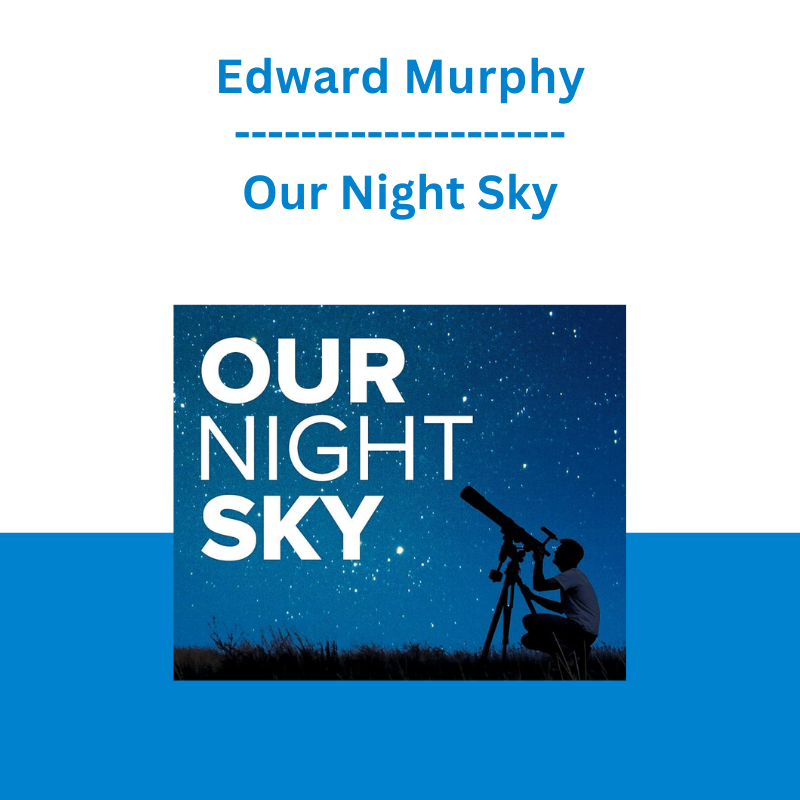


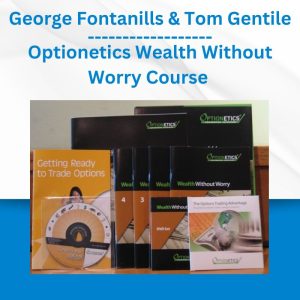



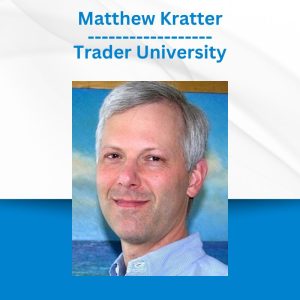
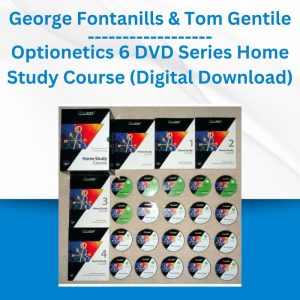
 Simpler Trading - Bruce Marshall - The Options Defense Course
Simpler Trading - Bruce Marshall - The Options Defense Course  Fred Haug - Virtual Wholesaling Simplified
Fred Haug - Virtual Wholesaling Simplified 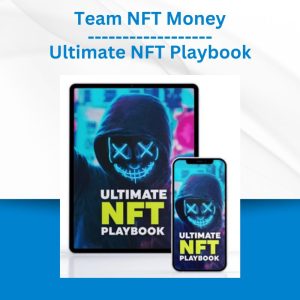 Team NFT Money - Ultimate NFT Playbook
Team NFT Money - Ultimate NFT Playbook  The Daily Traders – Exclusive Trading Mentorship Group
The Daily Traders – Exclusive Trading Mentorship Group  Greg Loehr - Advanced Option Trading With Broken Wing Butterflies
Greg Loehr - Advanced Option Trading With Broken Wing Butterflies 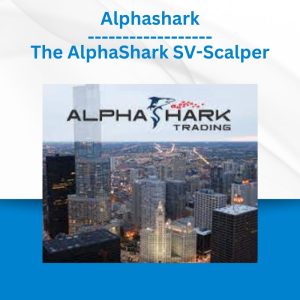 Alphashark - The AlphaShark SV-Scalper
Alphashark - The AlphaShark SV-Scalper  IC11 Dialogue 15 - Meditation - Ricardo Reix, Douglas Flemons & Albina Tamaloni
IC11 Dialogue 15 - Meditation - Ricardo Reix, Douglas Flemons & Albina Tamaloni  Vince Vora - Mastering Debit Spreads
Vince Vora - Mastering Debit Spreads  Racing Workshop - Complete Online Package
Racing Workshop - Complete Online Package